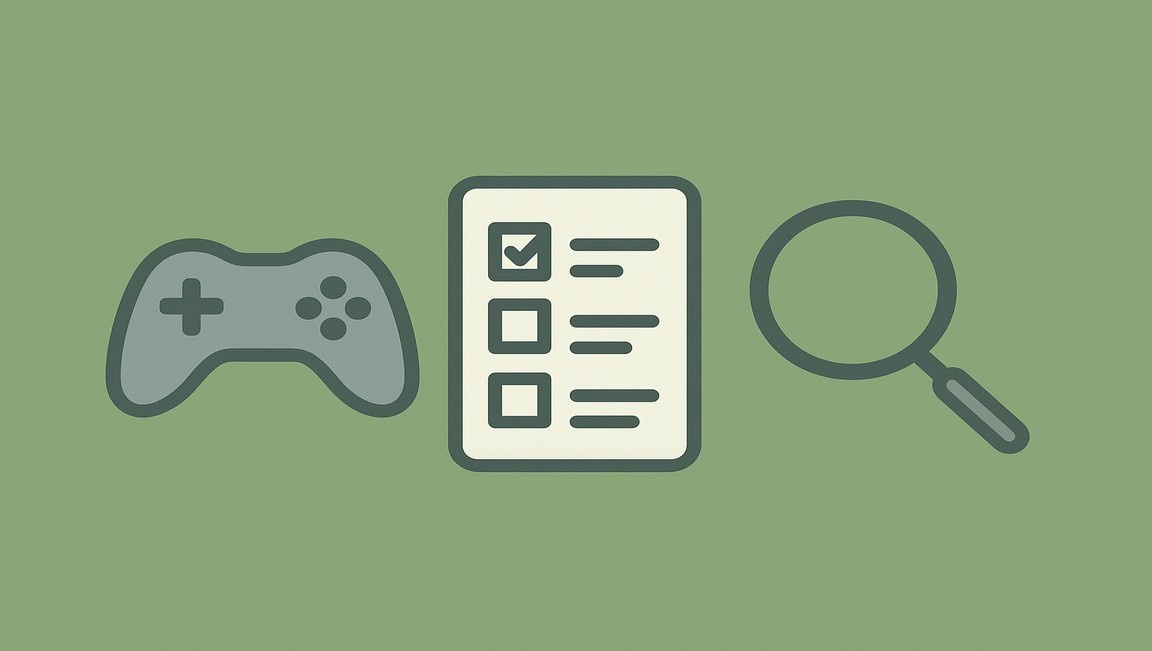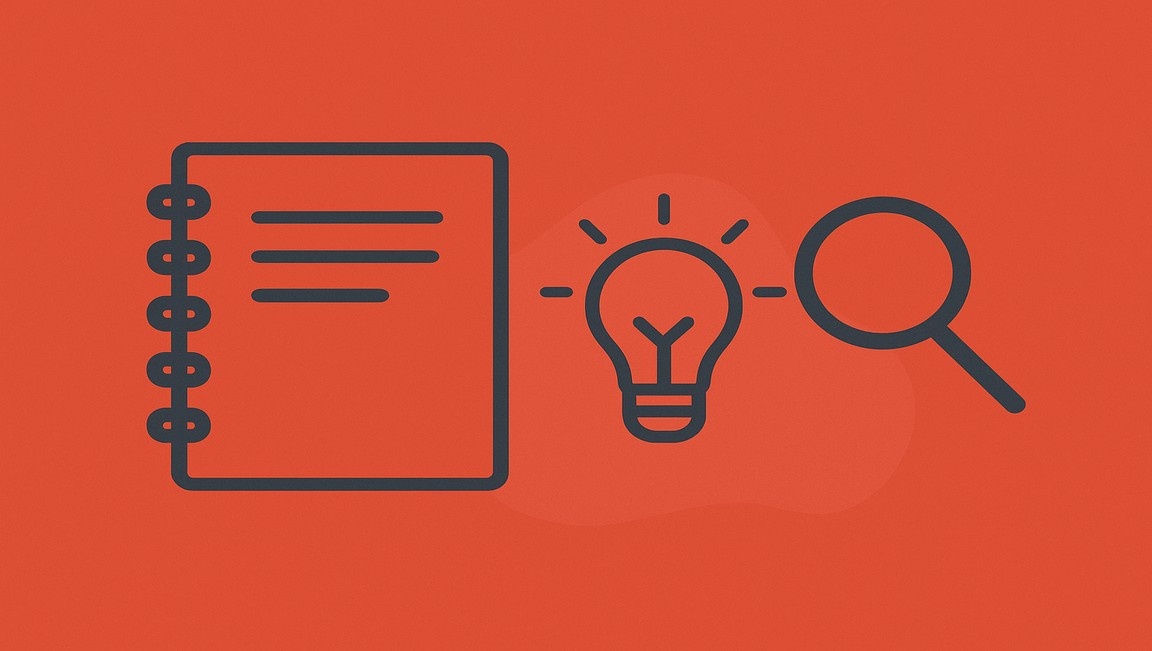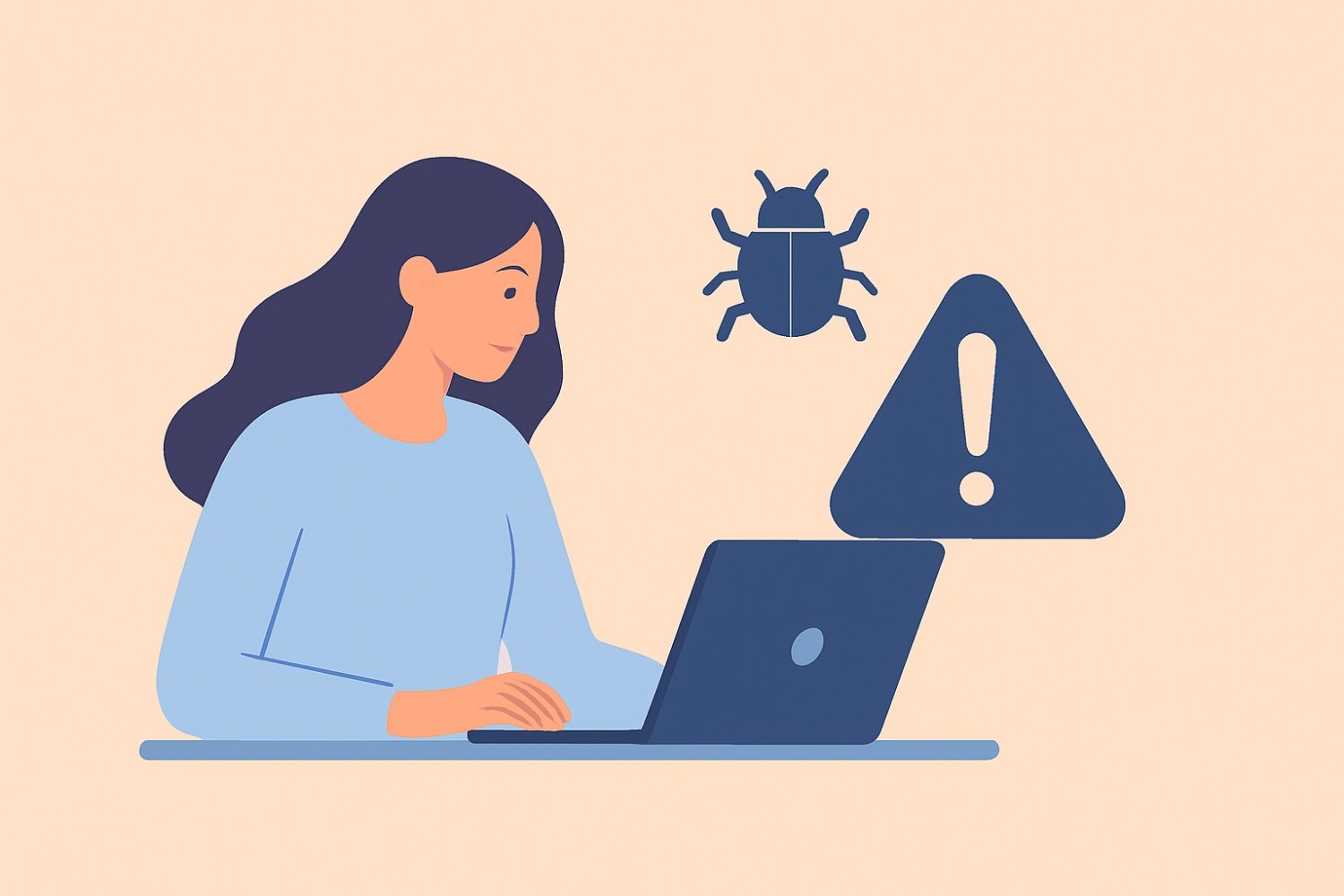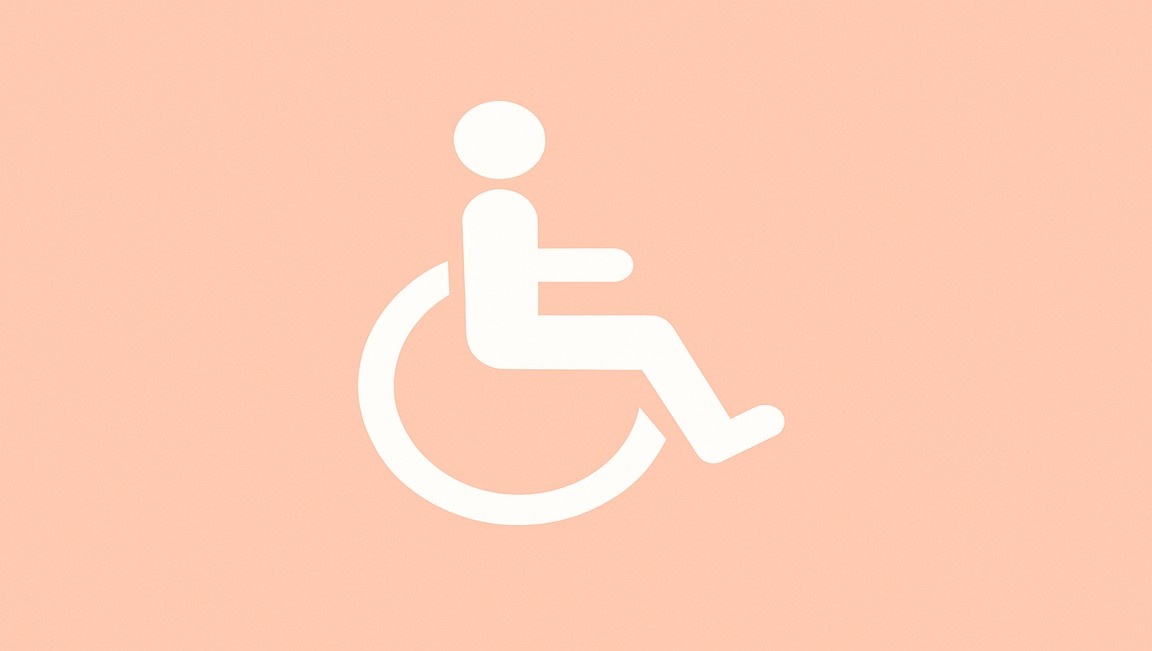Table of content
SHARE THIS ARTICLE
Is this blog hitting the mark?
Contact Us
Table of Contents
- What an Accessibility Checker Can Do
- Benefits of Accessibility Checkers
- Critical Limitations of Accessibility Checkers
- What a Web Accessibility Consultant Does
- Core Services of Accessibility Consultants
- Accessibility Checker vs. Consultant: Key Differences
- The Hidden Risks of Relying Only on Accessibility Checkers
- QAble's Hybrid Approach: The Best of Both Worlds
- Conclusion: Accessibility Checker vs. Consultant
If you're relying solely on a free accessibility checker to ensure your website's compliance, you're walking into a false sense of security. While these automated tools are incredibly useful for catching surface-level issues, the harsh reality is that accessibility checkers only identify 25 40% of actual accessibility barriers. This means that 60 75% of issues remain invisible to automated scanning—issues that could expose your business to legal risk, poor user experience, and lost customers.
Most teams stop at using an accessibility checker and assume they're protected, but this approach creates a dangerous gap between perceived compliance and actual accessibility. Understanding the fundamental differences between accessibility checkers and web accessibility consultants isn't just about choosing the right tools—it's about protecting your business and creating truly inclusive digital experiences.
What an Accessibility Checker Can Do
Accessibility checkers are automated tools that scan your website's code and content to identify common accessibility violations. Popular tools include axe DevTools, WAVE Web Accessibility Evaluation Tool), Google Lighthouse, HTML_CodeSniffer, and Accessibility Insights.
Benefits of Accessibility Checkers
- Speed and Efficiency: Accessibility checkers can scan entire websites in minutes, providing immediate feedback on common issues. This rapid assessment makes them invaluable for development teams who need quick checks during the coding process.
- Cost-Effective: Most accessibility testing tools offer free versions, making them accessible to organizations with limited budgets.
- Broad Coverage: These tools can evaluate large portions of websites, examining text, images, forms, and basic interactive content across multiple pages simultaneously.
- Consistent Results: Unlike manual testing, automated tools provide consistent, repeatable results that don't vary based on individual tester expertise.
- Development Integration: Many accessibility checkers integrate seamlessly into CI/CD pipelines, allowing teams to catch issues early in the development cycle.
Also Read: Shift Left and Shift Right in Software Development and DevOps
Critical Limitations of Accessibility Checkers
Despite their usefulness, accessibility checkers have significant blind spots that create a false sense of security:
- Limited WCAG Coverage: Research shows that even the best automated tools like WAVE detect only about 25 30% of all accessibility issues. A comprehensive study found that "just 3% of the web is considered accessible," despite many sites passing basic automated scans.
- Cannot Test User Journeys: Automated tools cannot evaluate whether users can actually complete critical tasks like making purchases, filling out forms, or navigating complex workflows. They check individual elements but miss the bigger picture of user experience.
- Missing Context and Nuance: Accessibility checkers cannot determine if alt text is actually descriptive and useful, whether content is written in plain language, or if navigation makes logical sense. They can verify that an alt attribute exists but not whether it serves its intended purpose.
- No Assistive Technology Testing: These tools cannot replicate how screen readers, keyboard navigation, or other assistive technologies actually behave with your content. Real-world compatibility issues remain undetected.
- False Positives and Negatives: Automated tools frequently flag non-issues (false positives) while missing genuine accessibility barriers (false negatives). This creates additional work for teams and can mask real problems.
- Dynamic Content Limitations: Most accessibility checkers struggle with interactive elements, modals, dropdown menus, and content that changes based on user actions.
What a Web Accessibility Consultant Does
A web accessibility consultant is a specialist who brings human expertise, assistive technology experience, and strategic guidance to ensure genuine accessibility compliance. Unlike automated tools, consultants provide comprehensive evaluation that goes far beyond surface- level code checking.
Also Read: Getting Started with Accessibility Testing Using AQA Tool
Core Services of Accessibility Consultants
- Manual Accessibility Testing: Consultants conduct thorough manual evaluations using keyboard navigation, screen readers, and other assistive technologies to identify issues that automated tools miss. This includes testing actual user workflows and task completion.
- WCAG Compliance Strategy: Rather than just identifying violations, consultants help organizations understand how to implement and maintain WCAG 2.1 AA or WCAG 2.2 AA compliance. They provide strategic roadmaps for achieving and sustaining accessibility.
- Assistive Technology Evaluation: Experienced consultants test with real assistive technologies like NVDA, JAWS, VoiceOver, and Dragon NaturallySpeaking to ensure compatibility. This real- world testing reveals usability issues that code scanning cannot detect.
- User Journey Analysis: Consultants evaluate complete user workflows—can someone actually complete a purchase, register for services, or access critical information using assistive technology? This functional testing ensures genuine usability, not just technical compliance.
- Contextual Problem-Solving: Beyond identifying problems, accessibility consultants explain why issues matter and provide specific, actionable remediation guidance tailored to your organization's needs.
- Training and Education: Many consultants provide ongoing training to internal teams, helping organizations build sustainable accessibility practices.
Value Beyond Issue Identification
Web accessibility consultants provide strategic value that automated tools cannot offer:
Legal Risk Mitigation: With over 4,000 ADA lawsuits filed in 2024, consultants help organizations understand and address genuine legal vulnerabilities rather than just automated scan scores.
User Experience Optimization: Consultants ensure that accessibility improvements enhance usability for all users, not just those with disabilities.
Long-term Compliance Strategy: Rather than one-time fixes, consultants help organizations build processes and capabilities for ongoing accessibility maintenance.
Accessibility Checker vs. Consultant: Key Differences
The Hidden Risks of Relying Only on Accessibility Checkers
Legal Vulnerability: Automated tools create a dangerous false sense of security. Studies show that 96.8% of websites fail comprehensive WCAG compliance tests, yet many pass basic automated scans. This discrepancy means organizations think they're protected when they're actually exposed to legal risk.
User Experience Failures: Real users with disabilities encounter barriers that automated tools miss. Screen reader users might struggle with navigation that technically meets standards, or keyboard users might get trapped in modal dialogs that automated tools approve.
Missed Business Opportunities: With over 16% of the global population having some form of disability, inaccessible websites exclude a massive potential customer base. Automated tools cannot identify the subtle usability issues that prevent disabled users from becoming customers.
Also Read: Getting Started with Testim.io: Installation & First Codeless Test
Where Accessibility Checkers Fit In
Accessibility checkers aren't useless—they're an essential first step in a comprehensive accessibility strategy. Here's how to use them effectively:
Development Phase Integration: Use automated tools during coding to catch basic issues like missing alt attributes, color contrast violations, and semantic markup errors before they reach production.
Continuous Monitoring: Implement automated scanning as part of your CI/CD pipeline to prevent regression and catch new issues as content is added.
Initial Assessment: Use accessibility checkers to get a baseline understanding of your site's accessibility status before engaging professional services.
Maintenance Checking: Regular automated scans help maintain accessibility standards between comprehensive manual audits.
However, these tools should never be your final answer. They work best when combined with expert human evaluation and real assistive technology testing.
QAble's Hybrid Approach: The Best of Both Worlds
At QAble, we recognize that neither automated tools nor manual testing alone provide complete accessibility coverage. That's why we've developed a hybrid approach that combines the efficiency of automated accessibility testing tools with the expertise of web accessibility consulting.
Comprehensive Coverage: Our process starts with advanced automated scanning to quickly identify common accessibility issues, then layers on expert manual testing using real assistive technologies to catch the complex barriers that automated tools miss.
Real-World Validation: Our accessibility consultants include users with disabilities who test your actual user workflows—can someone complete a purchase using a screen reader? Can keyboard-only users navigate your entire site effectively?
Strategic Implementation: Beyond identifying issues, we provide strategic guidance on prioritizing fixes, implementing sustainable accessibility processes, and training your team to maintain compliance over time.
Legal Risk Mitigation: Our comprehensive approach ensures you're addressing genuine accessibility barriers, not just improving automated scan scores—providing real protection against legal exposure while creating genuinely inclusive user experiences.
Ongoing Partnership: Unlike one-time scans, we provide ongoing support to help you maintain accessibility as your digital presence evolves, ensuring long-term compliance and usability.
Conclusion: Accessibility Checker vs. Consultant
Think of accessibility checkers as your digital accessibility alarm system—they alert you to obvious problems and help maintain basic standards. But web accessibility consultants are your problem solvers—they understand the why behind accessibility barriers, test real-world usability, and provide strategic guidance for creating truly inclusive experiences.
The most effective approach combines both: use accessibility checkers for rapid development feedback and continuous monitoring, but invest in web accessibility consulting for comprehensive evaluation, strategic planning, and genuine compliance assurance.
Ready to move beyond surface-level accessibility scanning? QAble's hybrid model blends automated accessibility testing tools with expert human evaluation to give you complete accessibility coverage. Contact us today to learn how our accessibility consulting services can protect your business from legal risk while creating exceptional user experiences for everyone.
Don't let a clean automated report fool you—60 % of accessibility issues remain invisible to checkers. Partner with QAble to ensure your digital accessibility strategy addresses real barriers, not just scan scores.
Discover More About QA Services
sales@qable.ioDelve deeper into the world of quality assurance (QA) services tailored to your industry needs. Have questions? We're here to listen and provide expert insights


Viral Patel is the Co-founder of QAble, delivering advanced test automation solutions with a focus on quality and speed. He specializes in modern frameworks like Playwright, Selenium, and Appium, helping teams accelerate testing and ensure flawless application performance.
.svg)














.webp)
.webp)
.png)
.png)











.png)



.png)

.png)

.png)



















.webp)

